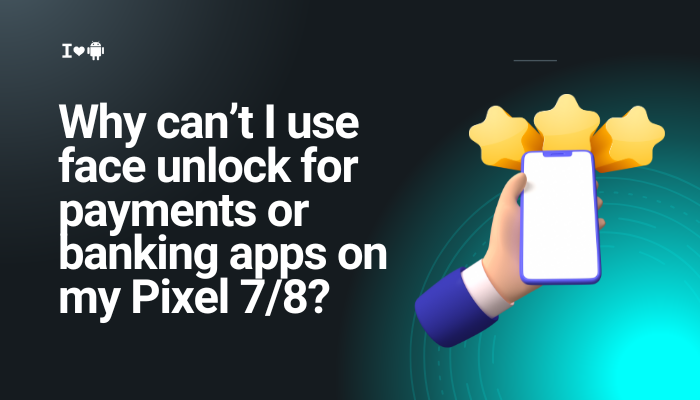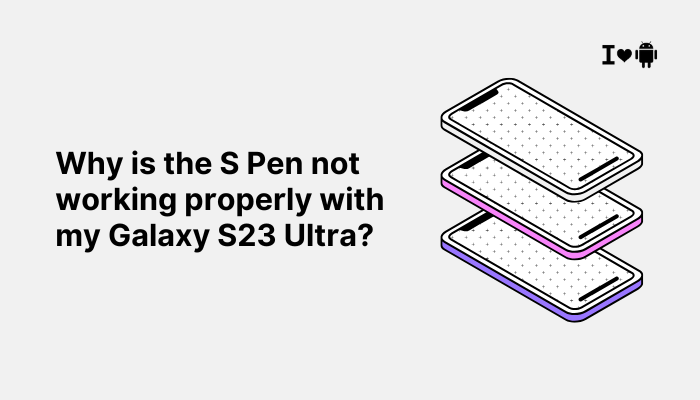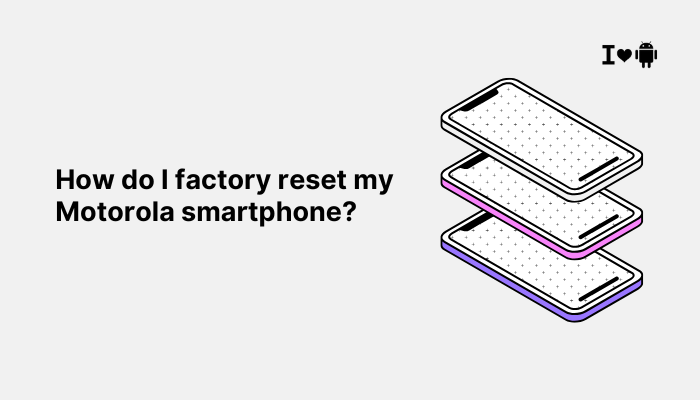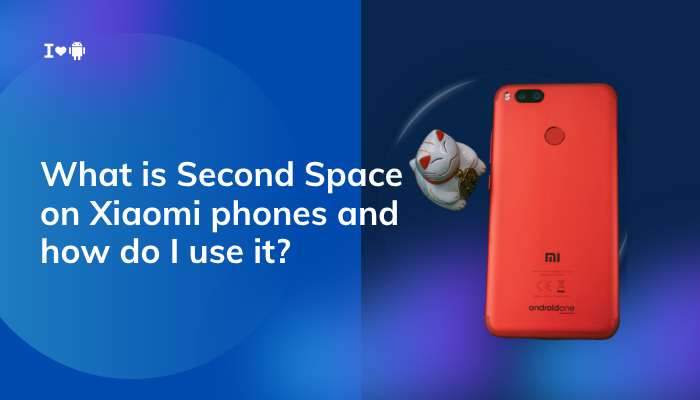The Google Pixel 7 and Pixel 8 series reintroduced Face Unlock, a feature that was previously removed after the Pixel 4 due to hardware limitations. While Face Unlock is convenient for unlocking the phone and accessing basic apps, many users have noticed that it does not work with payment services like Google Pay or banking apps that require strong biometric authentication. If you’ve tried to authorize a transaction or log in to a banking app using your face and were denied, it’s due to a mix of hardware-level security policies and Google’s own software limitations.

This article explains why Face Unlock is restricted for secure apps on Pixel 7/8, how Google differentiates between biometric levels, and whether there are any workarounds or upcoming improvements.
The Two Types of Biometric Authentication: Class 1 vs Class 3
The root of the issue lies in how Android classifies biometric authentication:
Class 1 Biometric (Convenience Level)
- Offers basic security, used for unlocking the device or low-risk actions.
- Examples: 2D face recognition using a selfie camera.
- Can be fooled by photos or videos in some cases.
- Not considered secure enough for banking or payment authorization.
Class 3 Biometric (Strong Level)
- Meets stricter security standards (e.g., ISO/IEC 30107-3).
- Examples: Fingerprint sensors, 3D facial mapping (like iPhone Face ID), or iris scanners.
- Can be used for:
- Authorizing financial transactions
- Accessing secure apps like password managers and banking apps
- Confirming identity in government or enterprise settings
The Pixel 7 and 8 use Class 1 Face Unlock, as they rely only on the front-facing camera (2D imaging), without a dedicated infrared (IR) or depth sensor. Therefore, Android restricts their use in Class 3-requiring scenarios, such as mobile payments and banking logins.
Why Google Limits Face Unlock on Pixel 7/8
- Lack of 3D Depth Mapping Hardware
- The Pixel 7 and 8 do not have a dot projector or infrared sensor like the Pixel 4 or iPhone Face ID.
- This means they can’t detect facial depth and are potentially vulnerable to spoofing.
- Google deems this method insecure for financial authentication.
- Security and Regulatory Compliance
- Android and banking institutions follow strict security protocols for handling sensitive operations.
- Google Pay, UPI apps (like PhonePe, Paytm, GPay India), and many banking apps require Class 3 biometrics for authentication.
- Allowing Face Unlock for these would violate compliance policies and risk unauthorized access.
- Risk of Spoofing
- Face Unlock using a regular selfie camera can be tricked with high-resolution photos or video deepfakes.
- Financial and government apps need spoof-resistant methods to guard against impersonation or theft.
- Fingerprint Scanner as the Default for Secure Actions
- Google equips Pixel 7 and 8 with an under-display optical fingerprint sensor, which is Class 3 certified.
- This ensures that sensitive tasks like unlocking banking apps, confirming purchases, or logging into secure portals use a verified strong biometric.
What Face Unlock Can Be Used For on Pixel 7/8
While restricted for financial apps, Face Unlock is still quite useful for:
- Unlocking the phone screen
- Auto-filling passwords in Chrome (if not payment-related)
- Approving app installations (if secondary confirmation is allowed)
- Accessing some system settings or unblocking certain apps
It provides fast and seamless access when security stakes are lower.
Will Face Unlock Improve in Future Pixel Devices?
It’s possible. Google is rumored to be:
- Working on more advanced face recognition tech (with 3D sensors) for future devices.
- Adding dual biometric fallback in Android—e.g., requiring face + fingerprint for Class 3 actions.
- Exploring Tensor-powered AI-based liveness detection to improve the reliability of Face Unlock.
For now, without additional hardware like the IR camera from Pixel 4, Class 3 compliance cannot be met, and Face Unlock will remain limited to Class 1 functions.
Are There Any Workarounds?
Currently, there are no official ways to enable Face Unlock for banking or payment apps. However, you can:
- Use fingerprint unlock as the default secure method.
- Use device PIN or password as a fallback when the fingerprint fails.
- Enable Smart Lock features like Trusted Devices or Places if you want less friction (not recommended for high-security apps).
Some rooted users attempt to override biometric classification with mods, but this voids warranty and compromises device security—not recommended for banking usage.
Conclusion
Pixel 7 and 8 Face Unlock is a Class 1 biometric method, making it ideal for basic phone unlocking but unsuitable for secure tasks like authorizing payments or accessing banking apps. This limitation exists because the front-facing camera alone doesn’t provide the depth sensing or anti-spoofing features required for high-trust authentication.
Google has chosen to prioritize user safety and compliance by restricting Face Unlock to non-sensitive scenarios, while relying on the optical fingerprint sensor for secure apps. Until future Pixel models include 3D facial hardware, this limitation is likely to stay.





